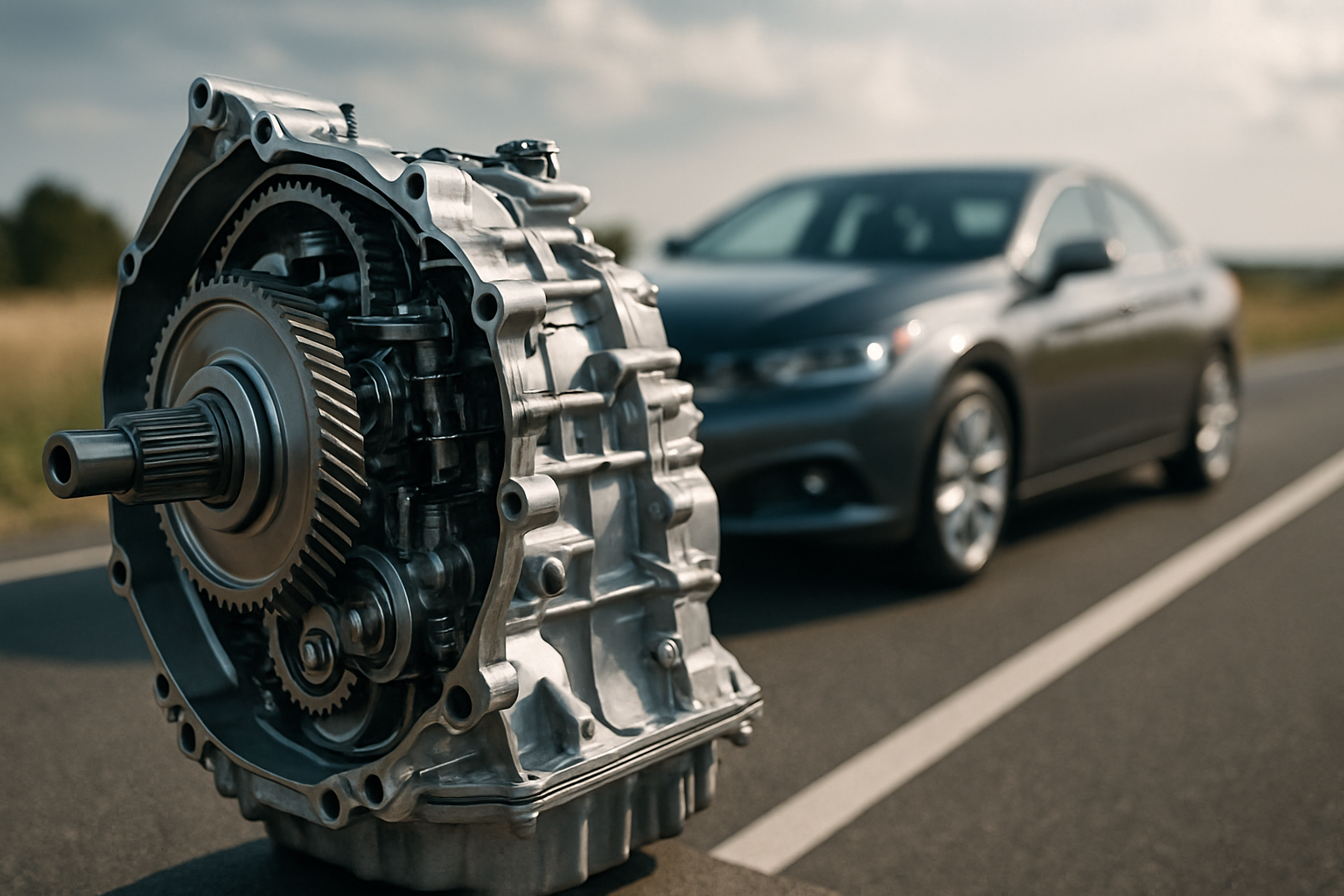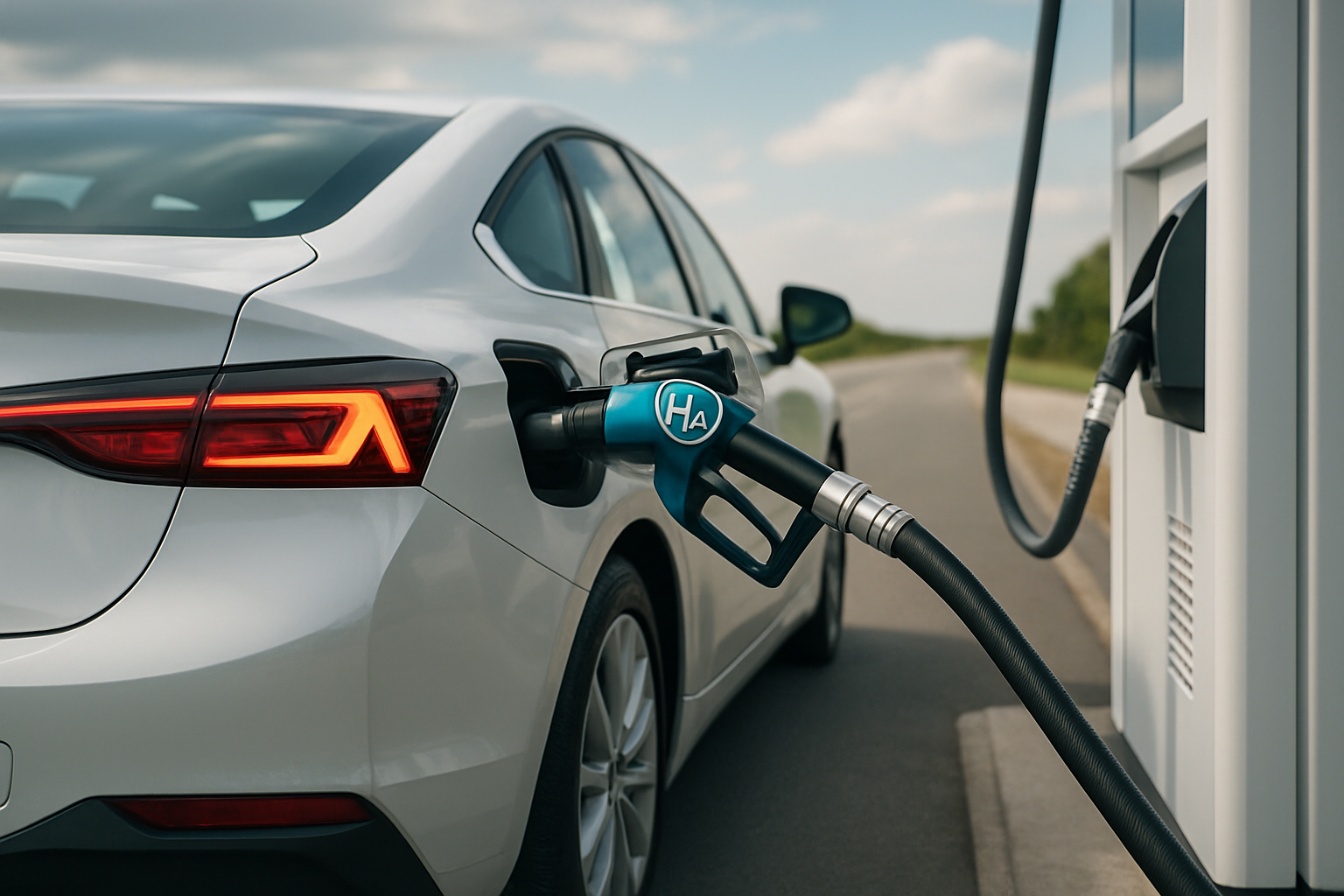Beyond the Shadows: Uncovering the Unsung Technologies that Shape Our Modern Cars
Introduction: In an era where the focus is often on the biggest, most ground-breaking advancements, we tend to overlook the subtle, yet profound technologies that shape our everyday driving experience. But what are these unsung heroes of automotive engineering? Today, we delve into the intricate world of Continuous Variable Transmission (CVT) and Hydroformed Steel, two overlooked technologies making significant contributions to our motoring world.

The Intricacy of Continuous Variable Transmission (CVT)
The CVT, unlike traditional automatic or manual transmission systems, offers an infinite number of gear ratios. This means it provides the engine with a range of options to operate at its most efficient speed, regardless of how fast the car is moving. This technology, dating back to the late 19th century, has undergone significant evolution, and today it’s a cornerstone of modern fuel-efficient cars.
The Impact of CVT on Modern Motoring
The implementation of CVT in cars has led to improved fuel efficiency and smoother driving experiences. The infinite gear ratios mean the engine can remain at its most efficient RPM while the vehicle’s speed changes, leading to less fuel consumption. However, the technology is not without its challenges. The complex mechanics of CVT often lead to higher repair costs, and some drivers find the driving experience less engaging than traditional transmissions.
Hydroformed Steel: The Backbone of Automotive Structures
Hydroformed Steel is another underappreciated technology that has significantly shaped today’s automotive industry. This process involves using high-pressure fluid to shape steel into lightweight, strong, and complex structures, which are often used in car frames and bodies. This technology has enabled manufacturers to produce more rigid and safer vehicles without compromising on weight or cost.
The Role of Hydroformed Steel in Contemporary Car Manufacturing
The use of Hydroformed Steel in car manufacturing has led to the production of safer, lighter, and more fuel-efficient vehicles. The ability to create complex shapes with this technology has allowed for more innovative car designs and increased structural integrity. However, as with any technology, it presents its own challenges, such as the high initial costs of setting up hydroforming facilities.
The Hidden Forces Shaping Our Driving Experience
In conclusion, while they may not make headlines like electric cars or autonomous vehicles, technologies like CVT and Hydroformed Steel play a crucial role in shaping our modern driving experience. They remind us that innovation in the automotive industry is often a collection of subtle advancements, each contributing in its unique way to improve efficiency, safety, and the joy of driving.





